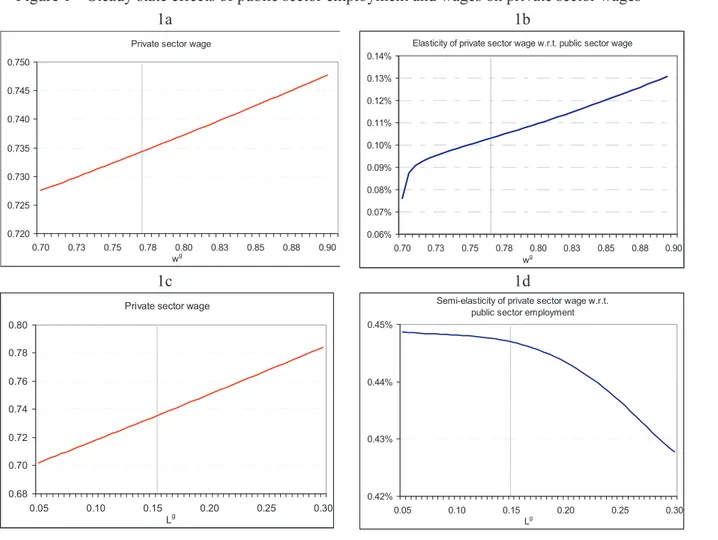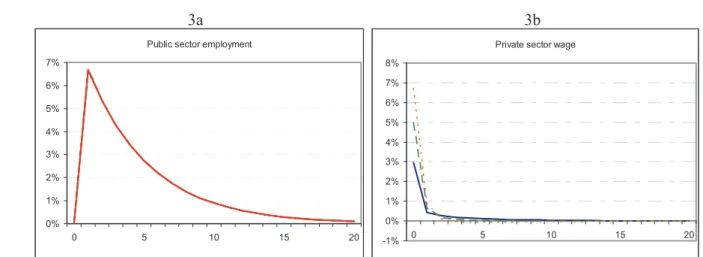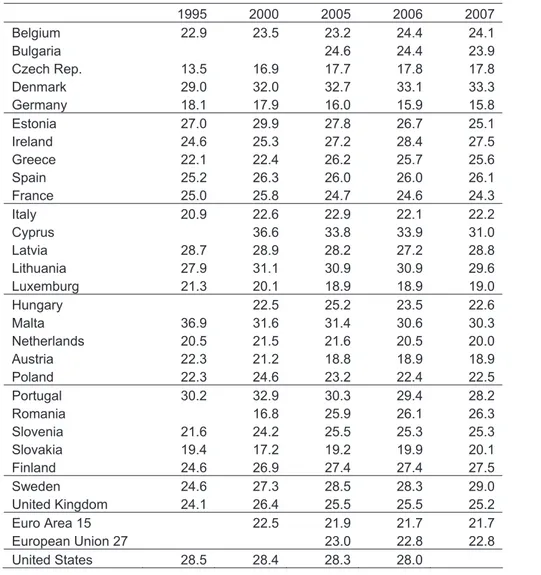W O R K I N G PA P E R S E R I E S
Texto
Imagem

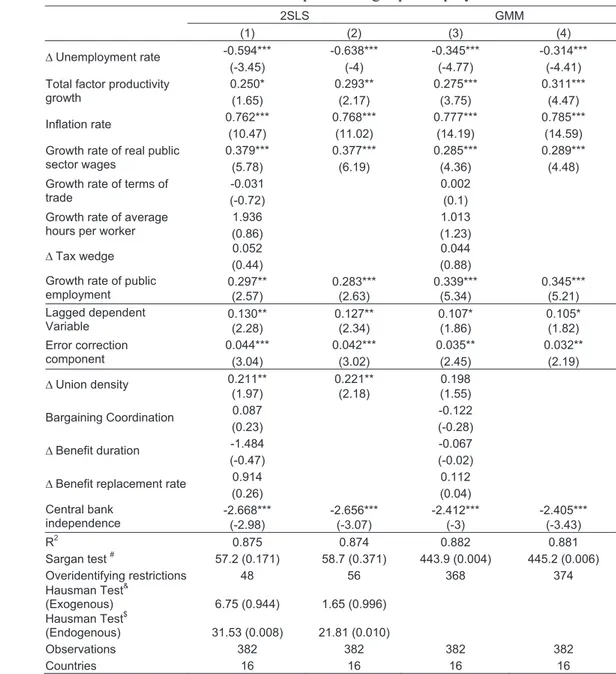
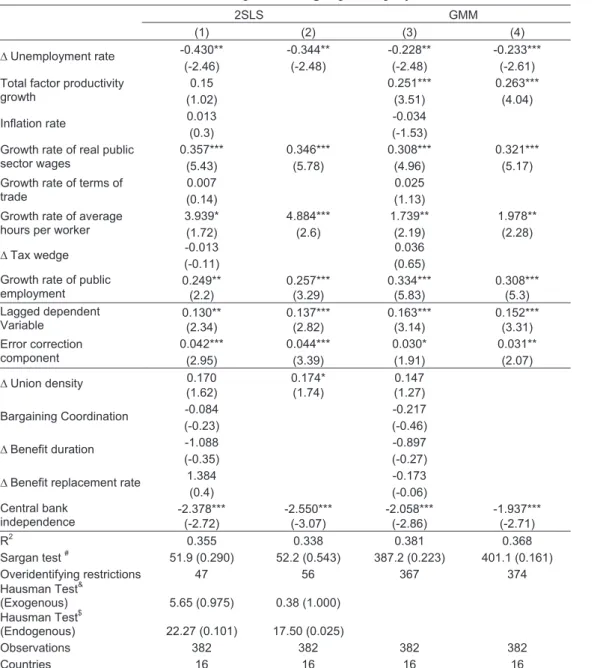

Documentos relacionados
Specifically, we rely on a range of estimates of public sector efficiency (from Afonso, Schuknecht and Tanzi (2005, 2006)) to illustrate numerically that the relative importance
Indeed, a discretionary improvement in the primary budget balance of one percentage point of GDP is related to an increase in the probability of success of the fiscal consolidation
The study reviews the literature and, thereby, provides arguments and quantitative evidence that fiscal policies are of high quality and support growth if they fulfil the
The main focus of this paper is the relation between the cyclical components of total revenues and expenditures and the budget balance in France, Germany, Portugal, and Spain.. We
The results show some evidence in favour of the existence of expansionary fiscal consolidations, for a few budgetary spending items (general government final consumption,
The prevalence of either Ricardian or non-Ricardian fiscal regimes is important both for practical policy reasons and to assess fiscal sustainability, and this is of particular
Relevant explanatory variables for a country's credit rating are: GDP per capita, GDP growth, government debt, government effectiveness indicators, external debt, external
We address the efficiency of expenditure in education provision by comparing the output (PISA results) from the educational system of 25, mostly OECD, countries with


